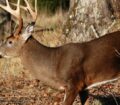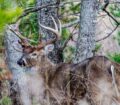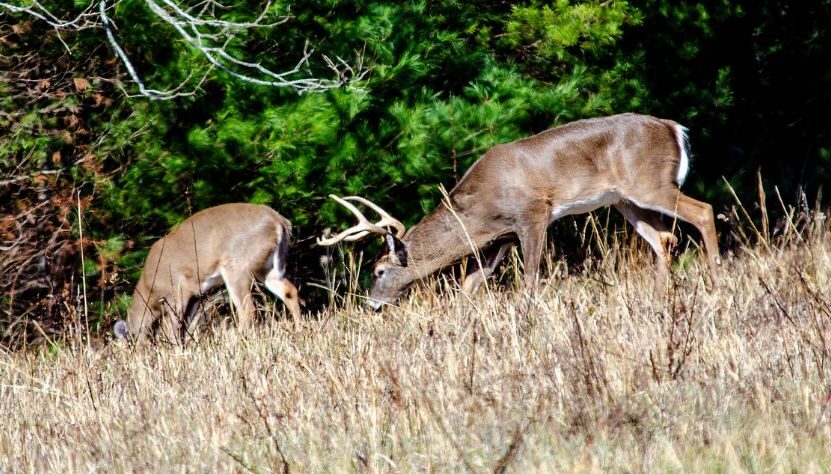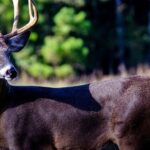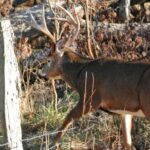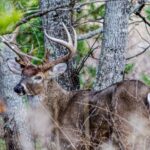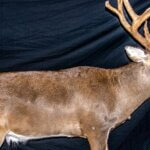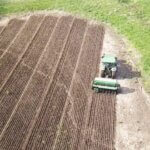Editor’s Note: After locating properties with the potential to produce a trophy buck, you need to understand how to manipulate the habitat on that property to hold a trophy buck, how to find that trophy buck and hunt him, and how to successfully take that trophy buck.
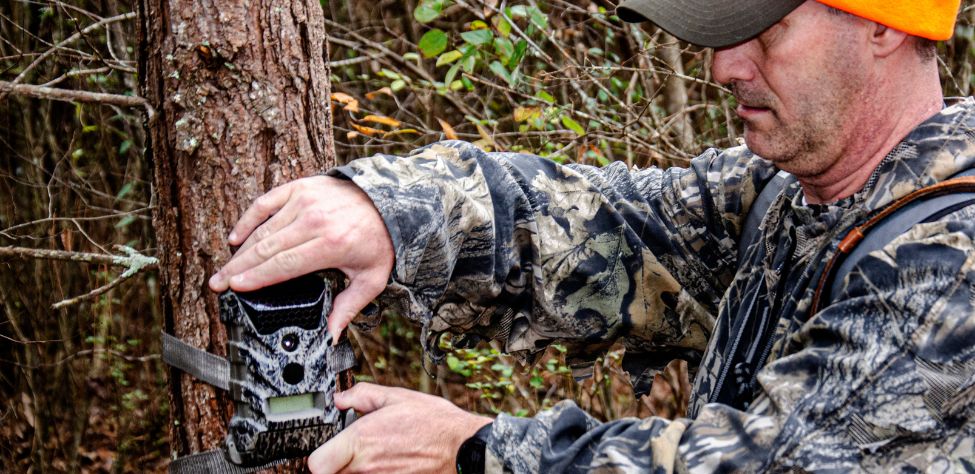
Successful deer hunters, after they identify a lease they want to hunt, will set up a food plot and trail cameras to learn what sizes of bucks live on the property. Many deer hunters, once they lease land for the fall to hunt, plant their food plots in early July and begin putting out trail cameras as soon as those food plots are established. They then can learn whether or not any trophy bucks travel there during the day or only at night.
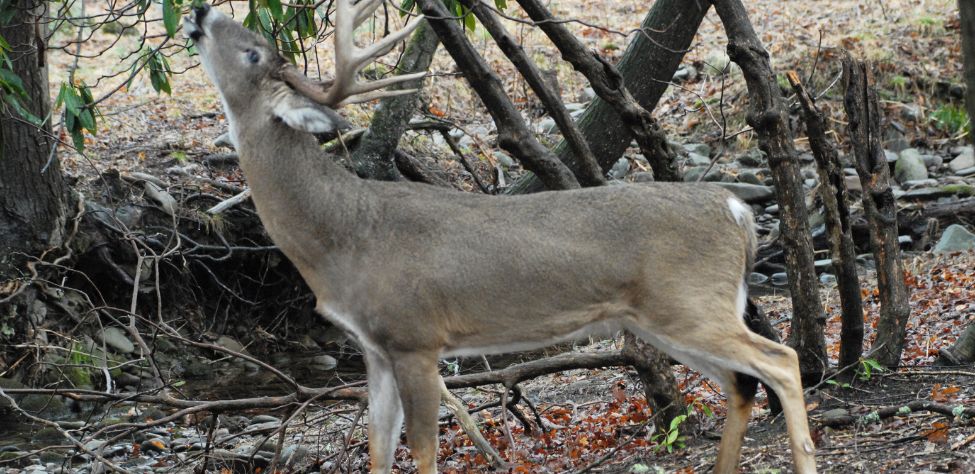
Having land to hunt that has woods in-between several overgrown croplands that have been taken out of production, getting permission from the landowner to plow and plant green fields in some of those overgrown fields and making that land a sanctuary for deer will draw deer there, besides providing additional food for the deer.
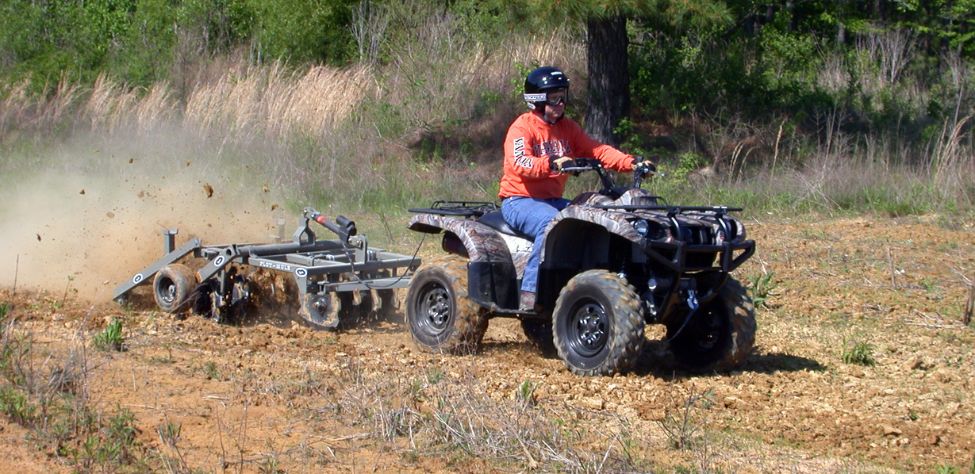
Determine never to hunt that sanctuary, unless you’re recovering a downed deer. Follow these steps.
- Check with the landowner to make sure you can manipulate the habitat by planting green fields before you lease the property;
- Select a green-field planting that can withstand droughts or floods;
- Establish a portion of your property as a sanctuary where deer will feel no hunting pressure, which will give the deer a place to escape from hunting pressure where they know they won’t be harassed;
- Use trail cameras to census the deer herd on the property you lease – putting out trail cameras during the summer months, so you can see the bucks’ antlers as they grow; and
- Decide which bucks you want to take during the upcoming deer season. From trail cameras, learn the trails deer travel on when they’re moving.

How to Hunt and Take Big Buck Deer on Small Properties
In this book, you’ll hear from 14 hunters who either have gained permission or leased properties as small as six acres to as much as 250 acres, and how they consistently take older-age-class bucks off these little lands.
VERSIONS: AUDIBLE, KINDLE & PRINT

Jim Crumley’s Secrets of Bowhunting Deer
Using a black magic marker and a gray work jumpsuit, Jim Crumley of Buchanan, Virginia, drastically changed the nature and purpose of hunting camouflage when he created the first sportsman’s camouflage – Trebark. Crumley’s love of bowhunting and his desire to be more invisible changed hunting clothing forever.
In this hunting guide, he shares the wisdom that he’s learned throughout his lifetime about how to be a hunter, how to find a deer lease, how to scout for deer, and more.
Special features include how to:
- Have a magic 60 acres to hunt
- Decide the best equipment to use
- Find deer year-round
- Locate land to hunt
- Know the best place to put your tree stand
- Get bucks within bow range
VERSIONS: AUDIBLE, KINDLE & PRINT

How to Hunt Deer Like a Pro
How do you know if the land you hunt has a trophy deer on it? Wildlife manager Bob Zaiglin, of Uvalde, Texas and Jim Crumley, the father of modern-day hunting camouflage, tells you how to find out. GPS can make finding and taking that trophy buck easier. This hunting guide will teach you how to hunt big bucks where no one else can find them, how to call deer, and how to become versatile as a deer hunter, so that if one deer tactic doesn’t work, another one will.
In the chapter, “How to find Bucks at Scrape,” Dr. Keith Causey, retired professor of Wildlife Science at Auburn University, describes the best way to hunt a scrape.
Brad Harrison of Neosho, Missouri, is a nationally-known videographer, professional deer hunter and master at calling deer. Another master is Will Primos of Primos Game Calls. These two experts will tell the best deer calls and when to use them in this book.
And for over 20 years, Bo Pitman, lodge manager of White Oak Plantation, has been studying deer movement patterns. He explains what types of conditions are best for predicting deer movement.
VERSIONS: AUDIBLE, KINDLE & PRINT

Deer hunting and deer hunters are drastically changing each year. To learn new techniques for hunting deer and have more places to hunt, I’ve interviewed some of the best deer hunters in the nation and share their tactics in How to Hunt Deer Like a Pro: Volume II.
In Chapter 10, Jacob Lamar tells you his tactics for consistently taking older-age-class bucks on public lands in several states. Chapter 11, Bob Walker explains how to find places on public lands where you can hunt that 99 percent of the other hunters never have considered hunting. The Bonus Chapter with David Ramey tells you how, where, when and with what equipment to take big Kansas bucks on public lands by hunting in 100-degree weather when others won’t hunt.
Chapter 13, Mark Drury, his family and his guests take mature bucks every season by having more small places to hunt rather than one large property. Drury explains the strategy of having satellite farms to hunt that only may be 50-150 acres each or less. Chapter 15, Pat Reeve, who hunts far-northern states and Canada, says, “I don’t like hunting for mature bucks until the weather is 20 degrees or less.” Chapter 4, Dr. Larry Marchinton says that funnels are the most-reliable stand sites to hunt for big bucks and tells why.
VERSIONS: AUDIBLE & PRINT
Tomorrow: Evaluate Properties to Hunt for Big Deer

